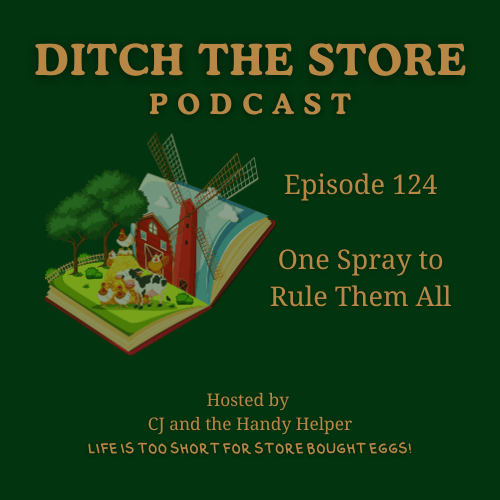
Best Milk Goat Breeds
Best Milk Goat Breeds
When it comes to choosing the best milk goat breeds for your homestead, understanding the nuances of each breed can make all the difference.
With a plethora of options available, from the high butterfat content of Nigerian Dwarfs to the high-volume production of Saanens, there's a goat out there to suit every need.
Whether your goal is to have a steady supply of raw milk for your family or to start a small-scale cream and cheese operation, each breed offers its own unique benefits and challenges.
In this post, we'll guide new homesteaders through the vital considerations of raising livestock and selecting the right goat breed to help you grow your own food and truly ditch the store. Join us as we explore the world of milking goats and how they can enrich your homesteading journey.
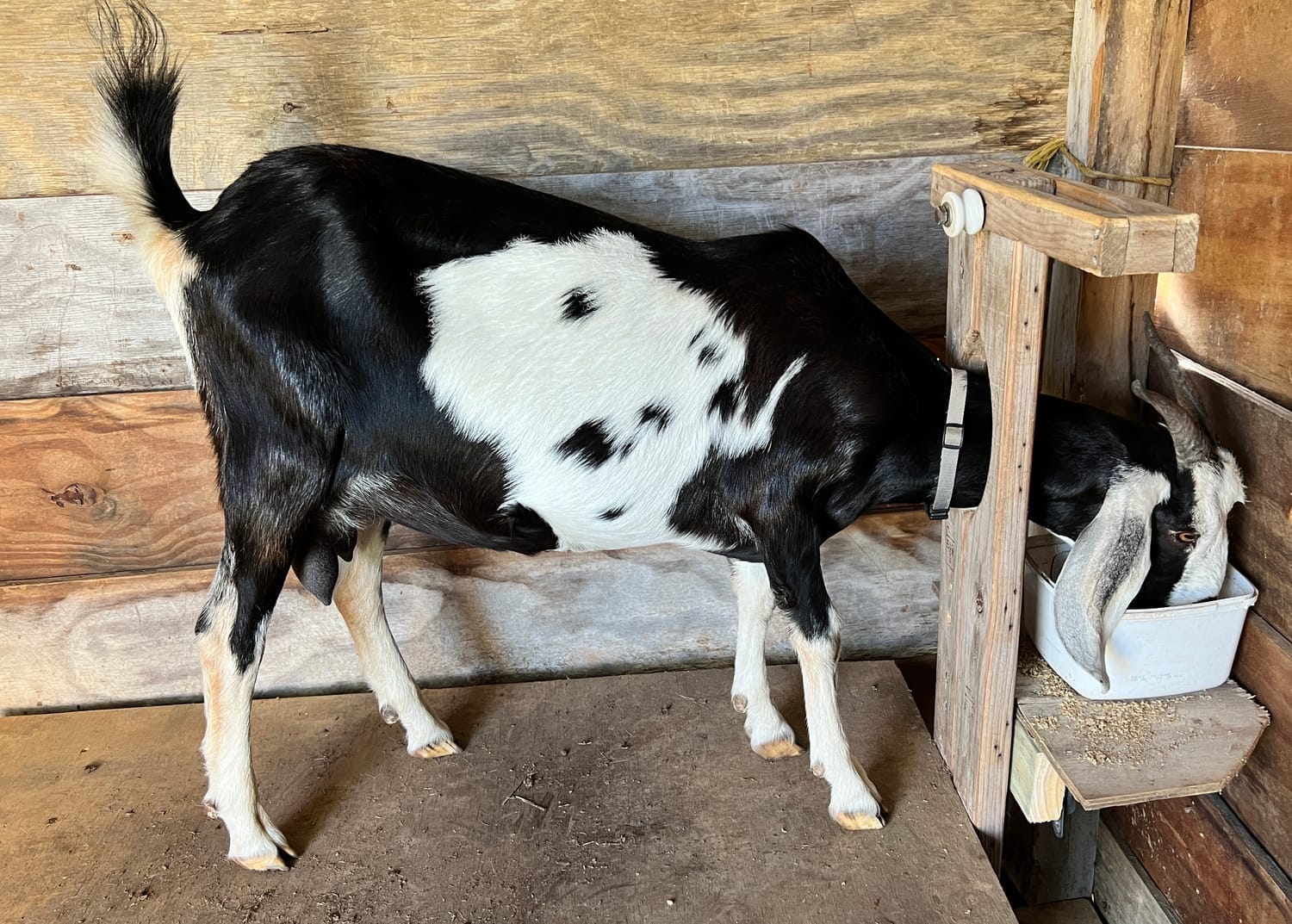
Selecting the right goat breed is crucial for a successful homesteading experience. Let's explore the key factors that make breed choice so important.
Milk Quantity and Cream Content
When choosing a goat breed for milking, it's essential to consider both the quantity and quality of milk produced. Different breeds have varying levels of milk production and butterfat content.
Some breeds, like Saanens, are known for their high milk volume but lower fat content. This makes them ideal for families who consume large quantities of milk or for those interested in making low-fat cheeses.
On the other hand, breeds like Nigerian Dwarfs produce less milk overall but have a higher butterfat content. This rich, creamy milk is perfect for making butter, ice cream, and other dairy products that benefit from higher fat content.
Understanding these differences can help you choose a breed that aligns with your specific needs and goals for milk production.
Mixing Breeds for Best Results
Many homesteaders find that mixing goat breeds can provide the best of both worlds in terms of milk production and quality.
By combining breeds with different strengths, you can create a herd that meets a variety of needs. For example, keeping both Saanens and Nigerian Dwarfs allows you to have a steady supply of milk for drinking while also having rich, creamy milk for making specialty products.
Mixing breeds can also help with herd management. Some breeds are known for their hardiness or ease of care, which can balance out more demanding breeds in your herd.
However, it's important to research breed compatibility and management requirements before mixing different types of goats. Some breeds may have different nutritional needs or temperaments that could complicate herd management.
Overview of Popular Dairy Goat Breeds
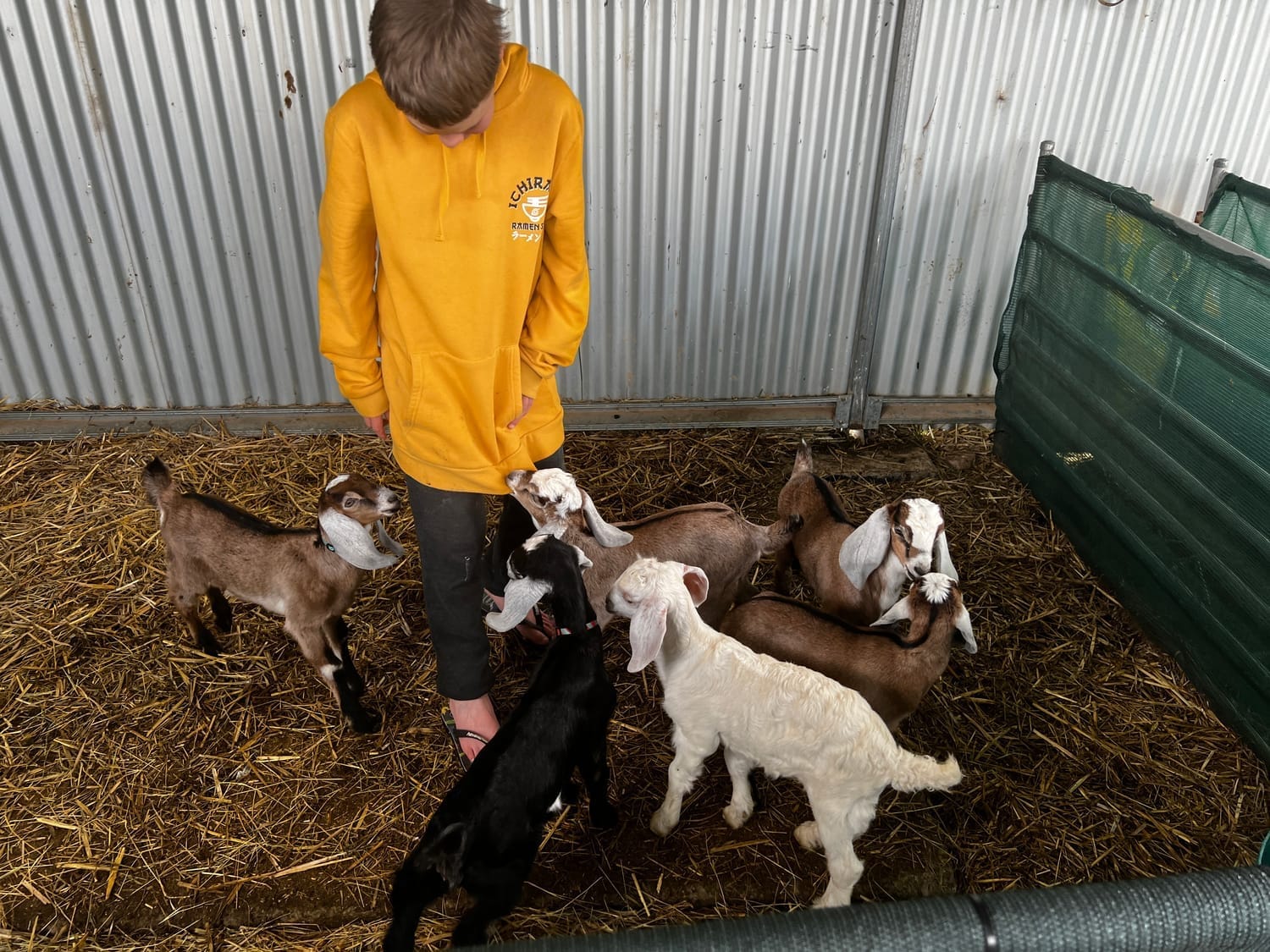
Understanding the characteristics of different goat breeds can help you make an informed decision for your homestead. Let's look at some popular dairy goat breeds and their unique traits.
Anglo Nubians and Australian Browns/Melaan's
Anglo Nubians are a distinctive breed known for their long, pendulous ears and Roman noses. They are medium to large-sized goats, recognized for their ability to produce milk with high butterfat content, averaging around 4-5%. This makes their milk particularly rich and creamy, ideal for making butter and cheese. Anglo Nubians are versatile and can adapt to a range of climates, although they thrive in warmer environments due to their tropical origins. They are also known for their sociable and friendly nature, which makes them a popular choice for homesteaders looking for engaging and interactive livestock.
Australian Browns and Australian Melaans, though lesser-known globally, are well-reputed in Australia for their robust milk production. Both breeds are similar in structure and size, known for being hardy and adaptable to various Australian climates. Australian Browns typically have a rich, chocolate-brown coat, while Melaans are recognized for their sleek, all-black appearance. Both breeds offer substantial milk yields with moderate butterfat levels, making them suitable for general dairy use. Their calm temperament and ease of care make them an excellent choice for both novice and experienced goat keepers.
Choosing between these breeds depends on your specific needs, whether it's high butterfat milk production or a breed that can withstand variable climates. Both Anglo Nubians and Australian Browns/Melaans offer unique advantages that can enrich a homesteader's goat management experience.
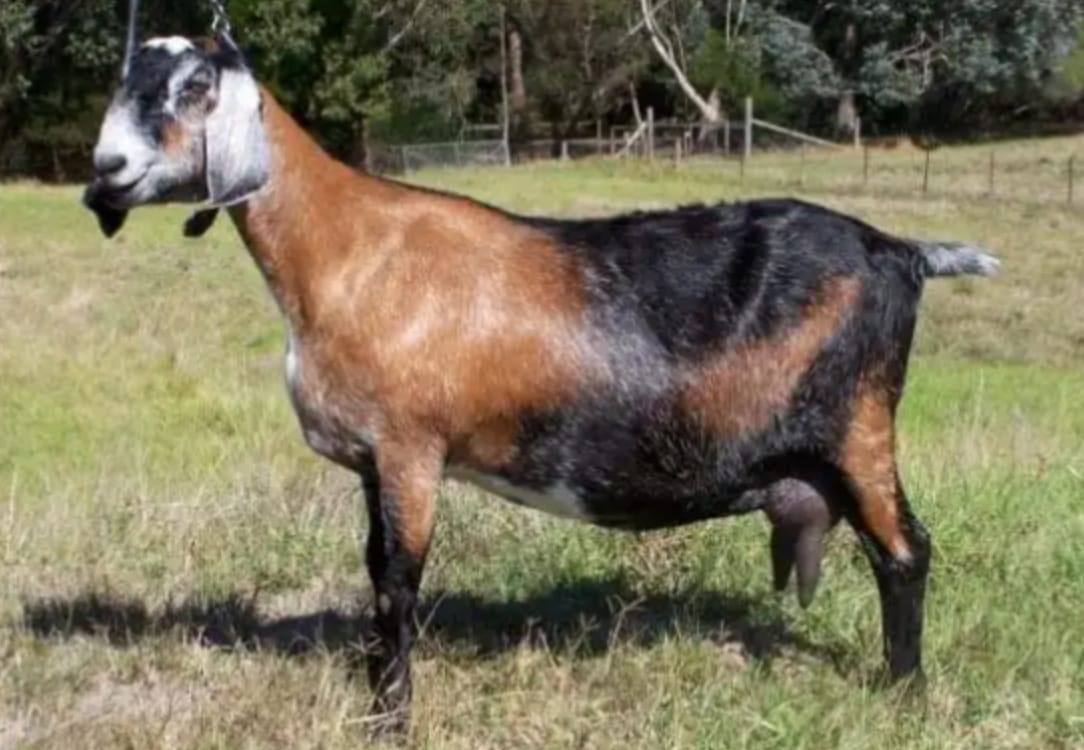
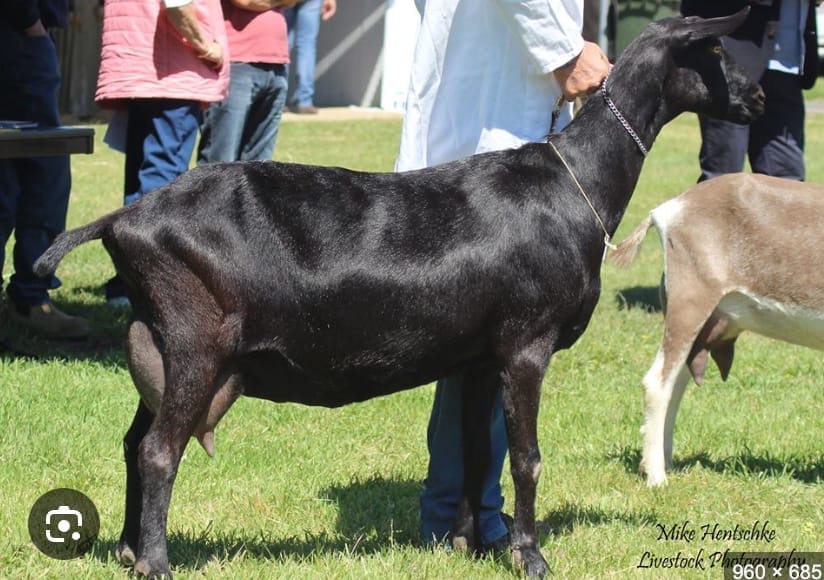
Saanen and Toggenburg
Saanen and Toggenburg goats are both Swiss breeds known for their excellent milk production and adaptability to various climates.
Saanens are often called the "Holstein of goats" due to their high milk yield. They're large, white goats with a gentle disposition, making them easy to handle. Saanens typically produce between 1 to 3 gallons of milk per day, with a butterfat content of about 3.5%.
Toggenburgs, on the other hand, are medium-sized goats with distinctive white markings on a brown coat. They're known for their hardiness and ability to thrive in cooler climates. Toggenburgs produce slightly less milk than Saanens, averaging 1 to 2 gallons per day, but their milk has a slightly higher butterfat content of around 3.7%.
Both breeds are excellent choices for homesteaders looking for reliable, high-volume milk producers. You can find more detailed information about these breeds on MannaProHonestead.
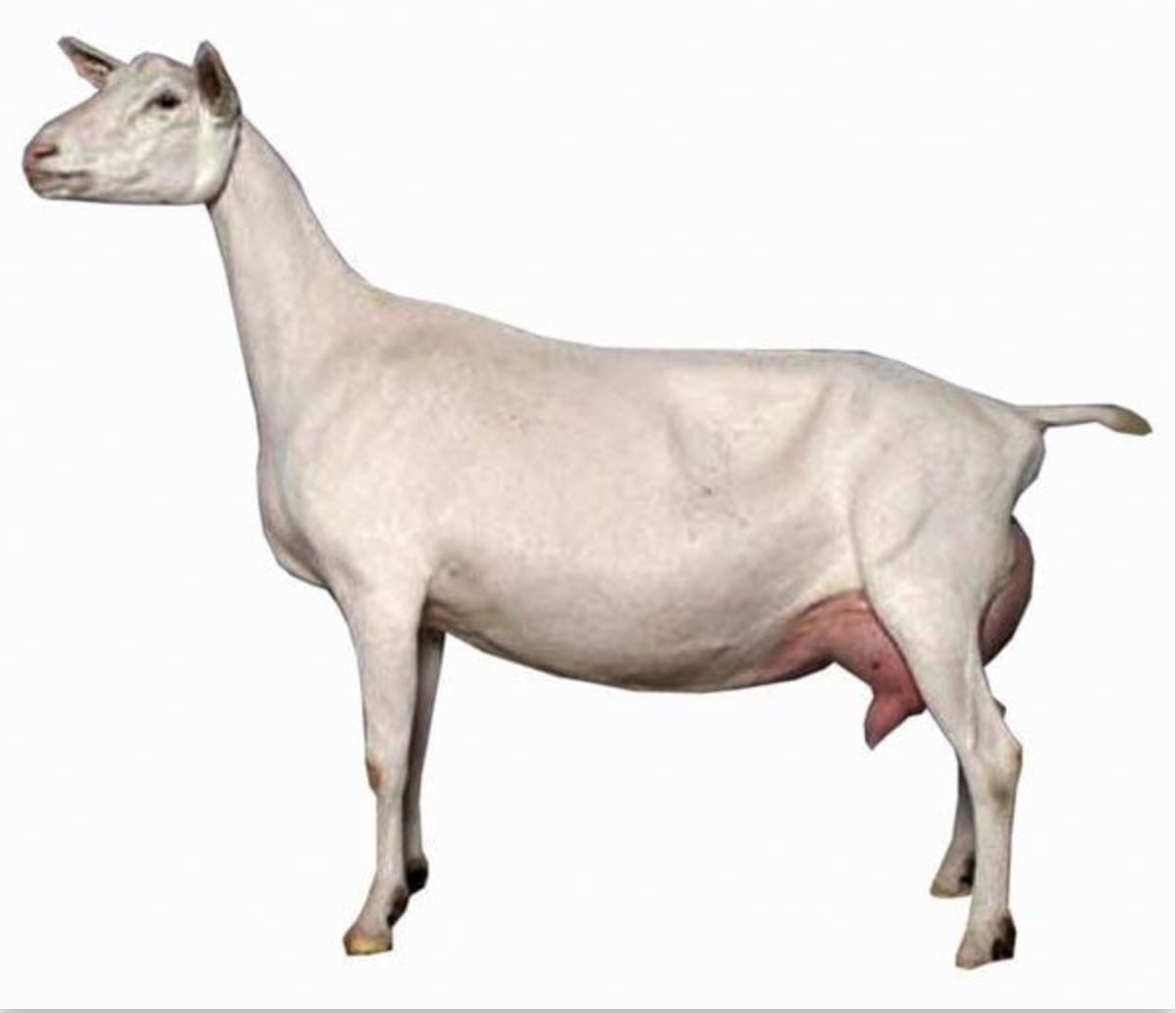
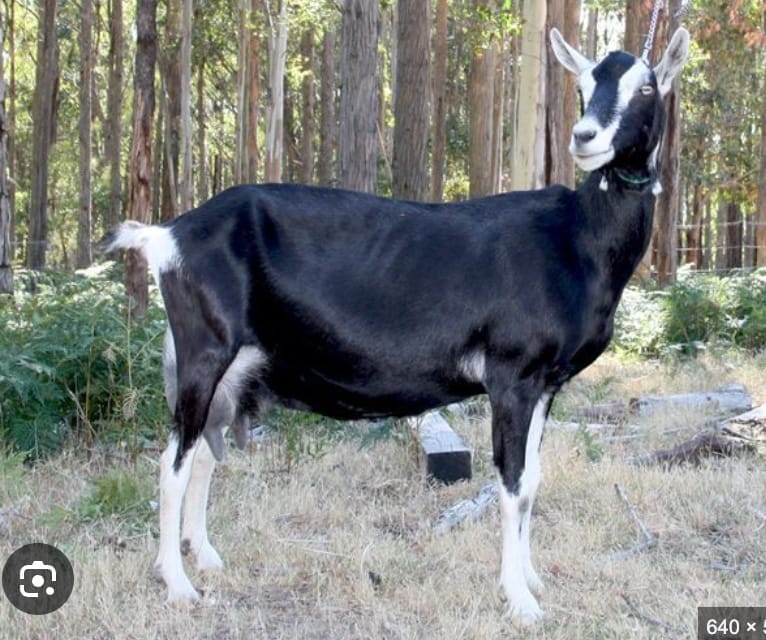
Nigerian Dwarf and La Mancha
Nigerian Dwarf and La Mancha goats offer unique benefits for homesteaders, especially those with limited space or specific milk quality requirements.
Nigerian Dwarfs are small goats that pack a big punch in terms of milk quality. Despite their size, they can produce up to a quart of milk per day with an impressive butterfat content of 6-10%. This rich milk is ideal for making cheese, butter, and other dairy products. Their small size also makes them perfect for urban or suburban homesteads with limited space.
La Mancha goats are known for their distinctive appearance - they have very small or seemingly non-existent external ears. They're medium-sized goats that produce a good quantity of milk (1 to 2 gallons per day) with a butterfat content of about 4%. La Manchas are prized for their gentle, quiet nature, making them excellent for families with children or those living in noise-sensitive areas.
Both of these breeds have gained popularity among homesteaders for their unique qualities. You can learn more about choosing the right goat breed for your situation on Oak Hill Homestead.
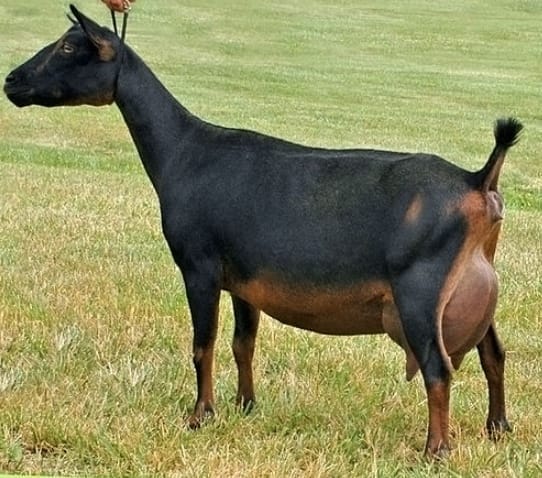
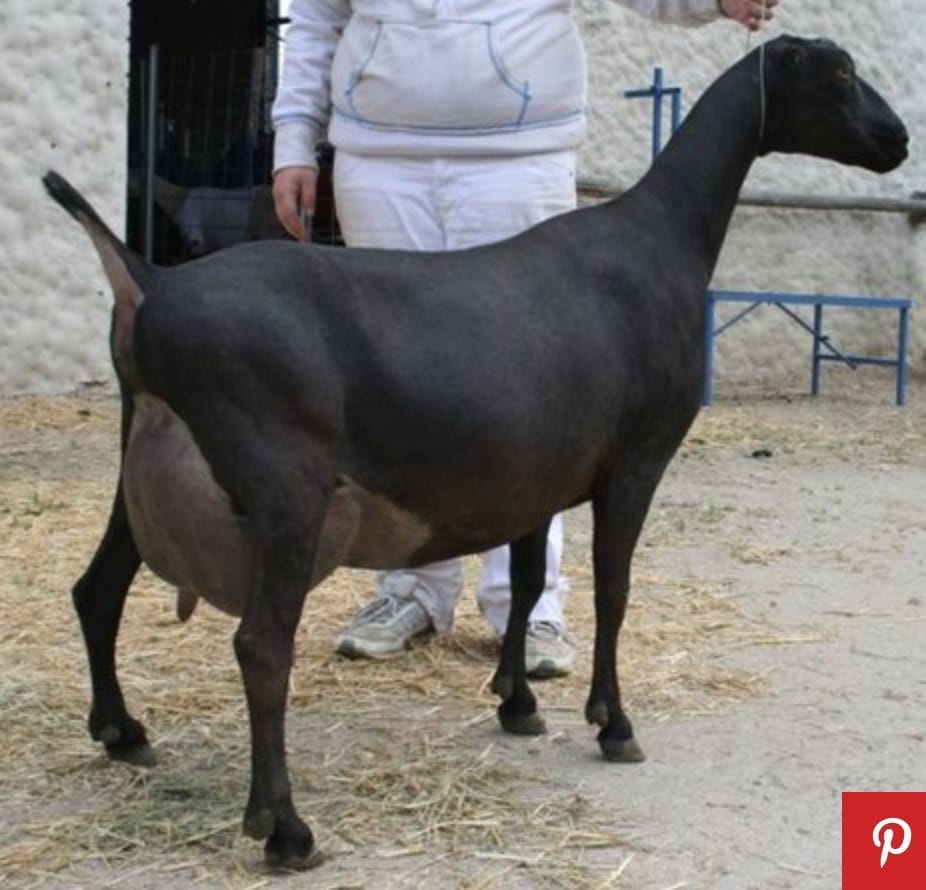
Questions to Guide Your Breed Choice
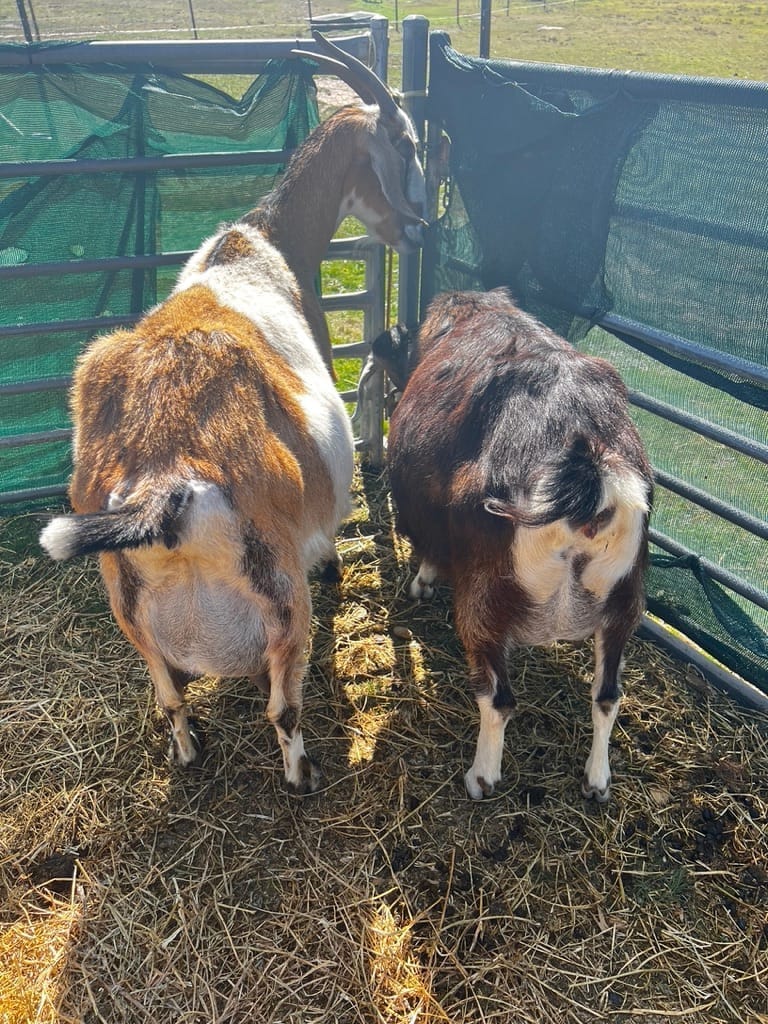
Selecting the right goat breed involves considering various factors specific to your situation. Let's explore some key questions to help guide your decision.
Household Milk Consumption
Understanding your household's milk consumption is crucial in choosing the right goat breed for your homestead.
Start by estimating how much milk your family consumes daily. Consider not just drinking milk, but also milk used in cooking, baking, and making other dairy products like cheese or yogurt. Remember that goat milk production can vary seasonally, so factor in potential fluctuations.
Next, think about your goals for milk use. Are you primarily interested in having fresh milk for drinking? Or do you plan to make cheese, butter, or soap? Breeds with higher butterfat content might be preferable if you're focusing on dairy products.
Lastly, consider the long-term sustainability of your choice. Will your milk needs change over time? It might be worth choosing a breed that can adapt to varying production demands. For more insights on matching goat breeds to your needs, check out this Reddit discussion.
Space and Temperament Needs
The amount of space you have and the temperament of the goats are crucial factors in breed selection.
Space requirements vary significantly between breeds. Nigerian Dwarfs, for example, need much less space than larger breeds like Saanens. As a general rule, plan for about 10-15 square feet of indoor space and 200-250 square feet of outdoor space per goat for standard breeds. Adjust these numbers down for smaller breeds or up for larger ones.
Temperament is equally important, especially if you have children or live in a residential area. Some breeds, like La Manchas, are known for being quiet and gentle, while others might be more vocal or energetic. Consider how the goat's personality will fit with your family and living situation.
Remember that individual goats can vary in personality regardless of breed, so spend time with the goats before making a decision if possible. Proper socialization and handling from a young age can also significantly impact a goat's temperament.
BY MOJO HOMESTEAD


